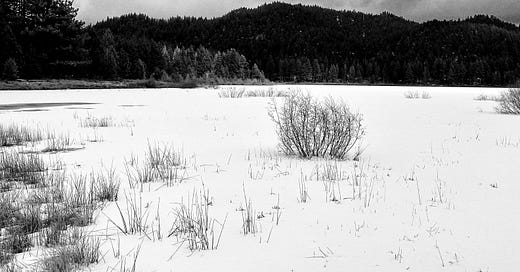Figuring the Form: "Seventh Circle of Earth" by Ocean Vuong
Vuong's poem is a hauntological declaration of burning love and a shocking bit of structure that I can't look away from.
As it’s now The Year of the Trial-Size Dove Bar, anno Domini 2024, it is high time for a new project. You may recall, Reader, my last stint in the Land of Revision. I had taken on that aspect of writing poetry because, to be perfectly frank with you (and you deserve as much), revision eluded me. I knew not what to make of going back and doing the Hard Work of forming something. I suppose my hypothesis—that making visible the revision process would somehow unlock the mysteries of revising—was proven to be partially true.
Do I have a better understanding of that aspect of poetry writing? Sure.
Do I have a richer and more humbling appreciation for this part of composition? I guess.
Do I now look forward to the next opportunity digging deeper into a piece to discover more subtlety and hitherto unknown aspects of my own mind? Hardly.
Oh well; on I go.
Form’s Function
I propose a new topic: form. Form is another curiosity that keeps me awake at night. At times, the form is obvious when I am writing; in fact, form can get a piece going (does anyone accidentally fall into a villanelle or a ghazal?). Most of the time, it seems a secondary consideration to me (which may or may not be embarrassingly obvious to you, dear Reader). Did I mean these to be tercets, or had I recently been reading Purgatorio? Is this poem just one big stanza because I liked how Ada Limón does it and wanted to see how it works? Do I need each stanza to be the same number of lines? Why? Should I enjamb beyond the break and have syntax precariously span two land-mass stanzas? What relationship does form have to meaning when it isn’t so immediately obvious (more on that later)?
Keep reading with a 7-day free trial
Subscribe to Hidden Desk Drawer to keep reading this post and get 7 days of free access to the full post archives.



